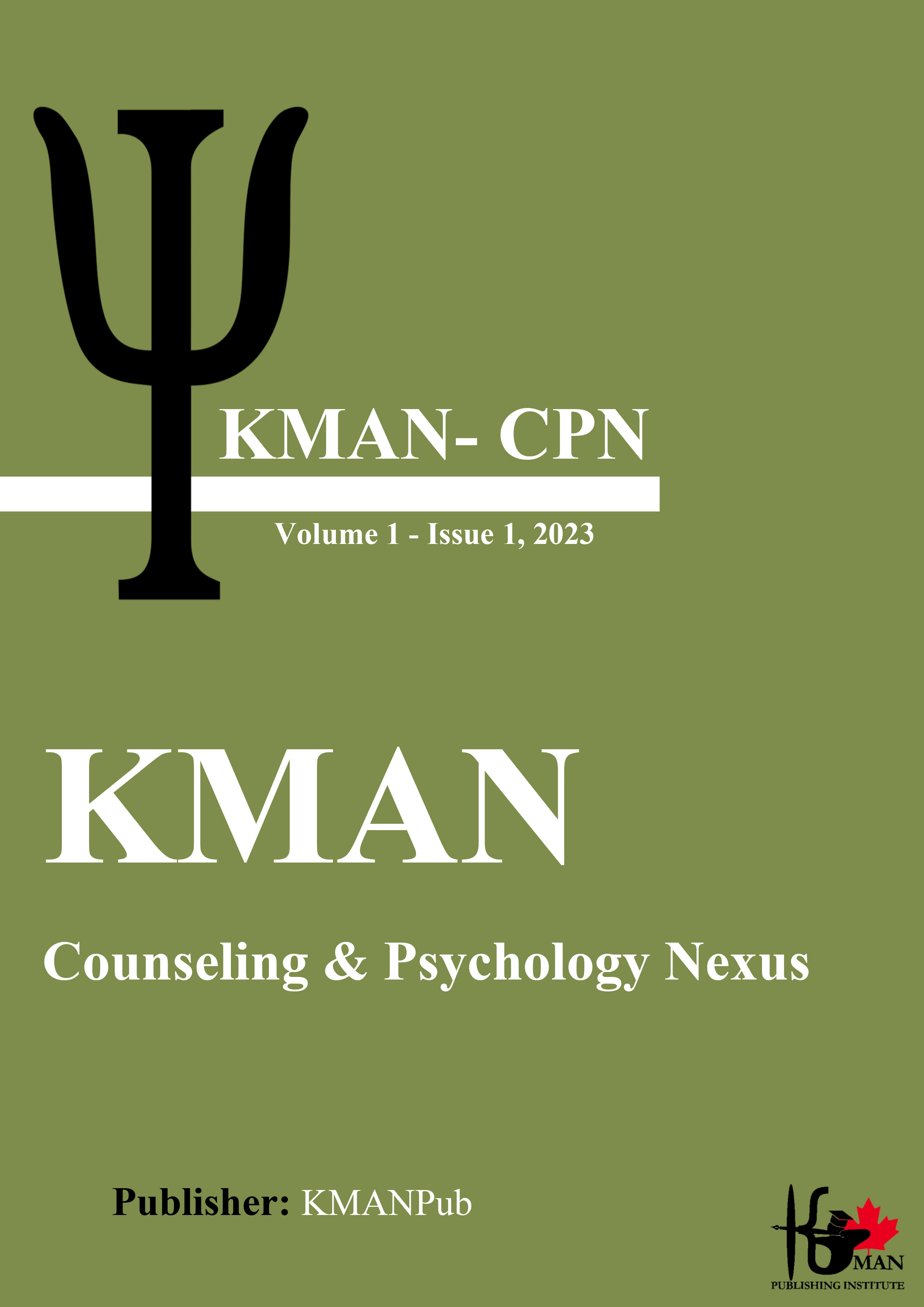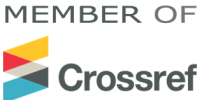Schema Prevalence and Variation: A Study of 7500 Young Schema Questionnaires from Iranian Telegram Bot Users
Keywords:
Early maladaptive schemas, telegram users, gender differences, age differences, Iranian population, psychological assessment, Young Schema QuestionnaireAbstract
This study aimed to investigate the prevalence and variation of early maladaptive schemas across gender and age groups in a large sample of Iranian participants using data collected via a Telegram bot. The study employed a descriptive, cross-sectional design, analyzing data from 7,659 participants who completed the Young Schema Questionnaire-Short Form (YSQ-SF). The YSQ-SF assesses 18 maladaptive schemas, and the total count of maladaptive schemas was calculated for each participant. Data were collected anonymously through an automated bot on Telegram from 2014 to the present. Statistical analyses were performed using SPSS version 26, including descriptive statistics, independent t-tests, and one-way ANOVA to explore differences across gender and age groups. The analysis revealed that Emotional Deprivation, Abandonment/Instability, and Vulnerability to Harm or Illness were the most prevalent schemas among participants. Females reported significantly higher maladaptive schema counts than males (t = -3.26, p = 0.001). Age group comparisons indicated that the 0-18 age group had the highest mean maladaptive schema count (M = 6.26, SD = 3.61), followed by the 19-35 group (M = 4.83, SD = 3.67), with the lowest count observed in participants aged 55 and above (M = 3.98, SD = 3.56; F = 67.61, p < 0.001). The findings suggest a decline in maladaptive schemas with increasing age and significant gender-specific patterns. The study highlights the widespread prevalence of early maladaptive schemas in the Iranian population and underscores demographic variations influenced by gender and age. These findings have important implications for culturally tailored interventions, particularly for younger individuals and women who exhibit higher schema counts. Further research is needed to explore longitudinal and qualitative aspects of schema development in diverse populations.
Downloads

Downloads
Additional Files
Published
Submitted
Revised
Accepted
License
Copyright (c) 2025 Mohammad Faghanpour Ganji (Author); Mehrdad Kalantari (Corresponding Author); Mohammad Ganji (Author)

This work is licensed under a Creative Commons Attribution-NonCommercial 4.0 International License.







